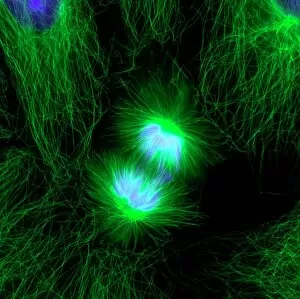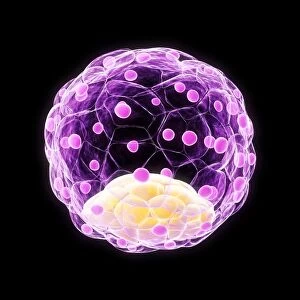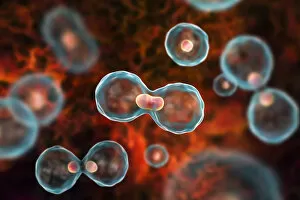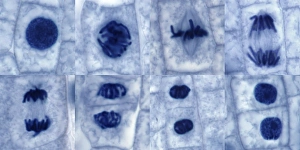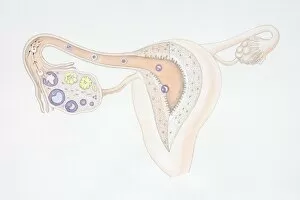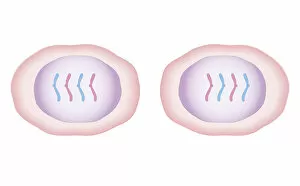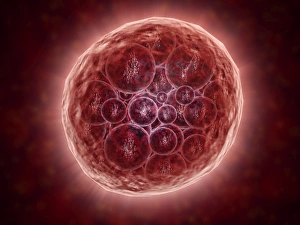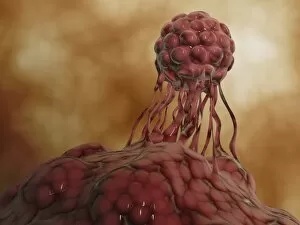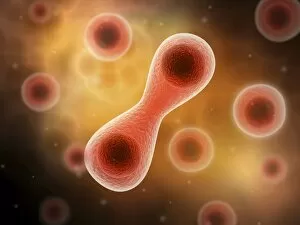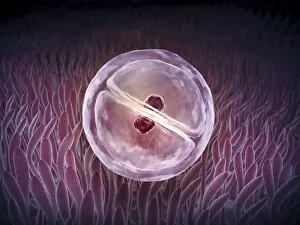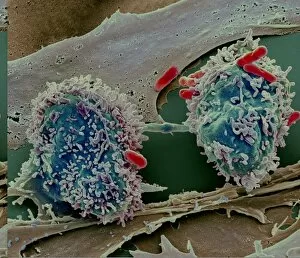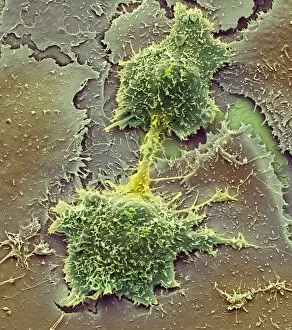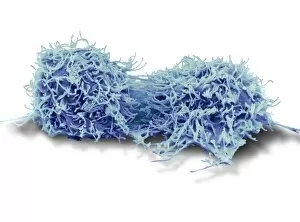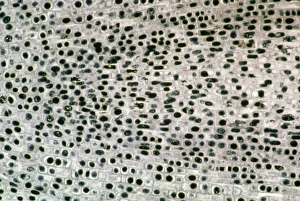Mitosis Collection
Mitosis, the incredible process of cell division, can be observed under a light micrograph
All Professionally Made to Order for Quick Shipping
Mitosis, the incredible process of cell division, can be observed under a light micrograph. The fluorescent micrograph showcases the intricate details of this fundamental biological event. In embryo development, just 24-36 hours after fertilization, dividing cells undergo mitosis to ensure proper growth and formation. The blastocyst, depicted in artwork F006/2190, represents the early stages of development where mitotic divisions are crucial for shaping an organism's future. Through nuclear division illustrated vividly, we witness how chromosomes align on threads that form across the cell as the nucleus breaks down. Not limited to animal cells alone, plant cell it is captured in a stunning light micrograph. This emphasizes that mitosis plays a vital role in all living organisms' growth and reproduction. Even Atlantic Salmon (Salmo salar), male fish swimming gracefully in the ocean waters benefit from this remarkable process. Mitosis ensures their bodies regenerate and grow efficiently throughout their lives. In human reproduction, a diagram illustrates how a human egg is fertilized within the fallopian tube. It highlights how mitotic divisions occur during early embryonic development to create new life. Cross-section biomedical illustrations provide us with an intimate view at its core – showcasing how nuclei break down while threads form across cells with chromosomes lining up meticulously along these threads. From microscopic observations to artistic representations and scientific diagrams - each depiction reminds us of the significance in every aspect of life's existence: from single-celled organisms to complex beings like humans.


